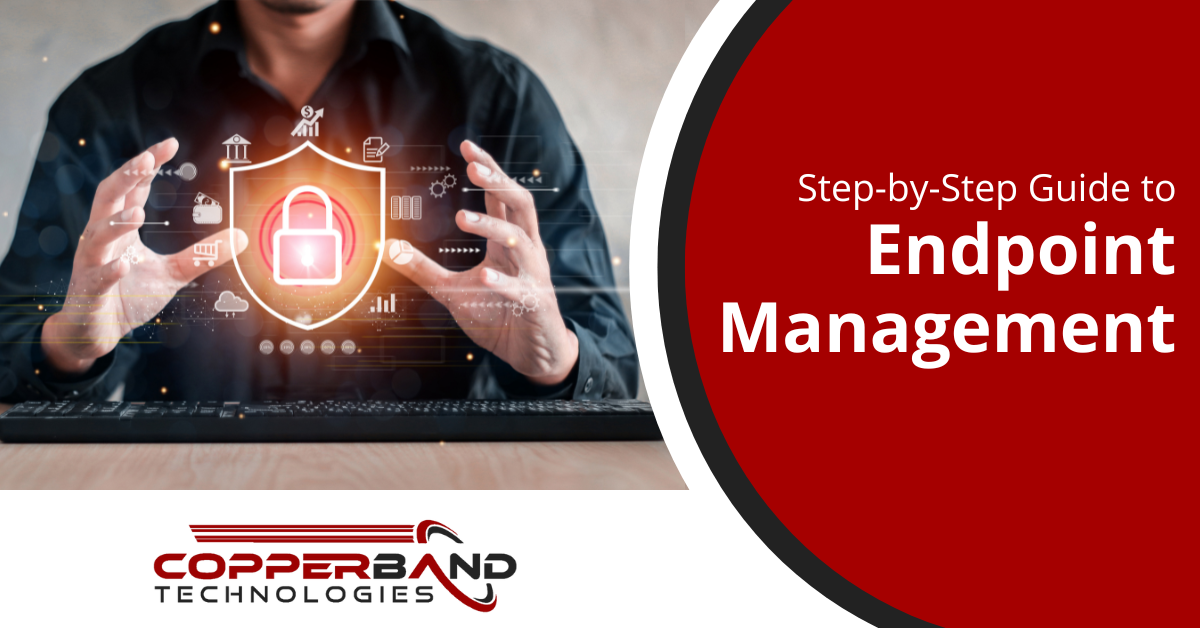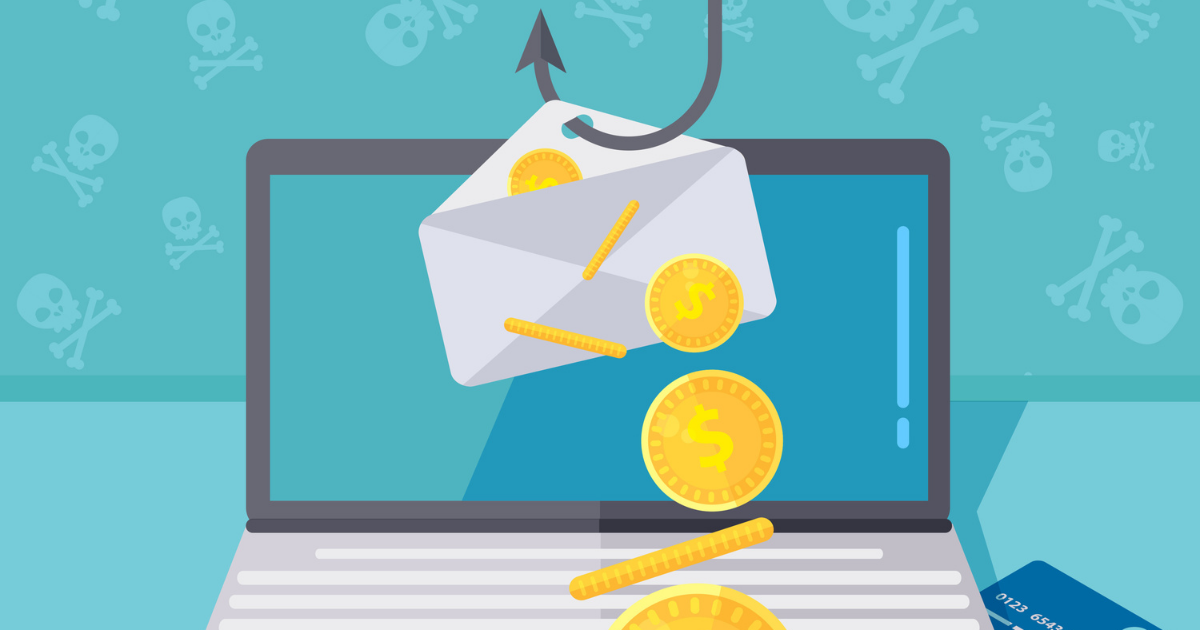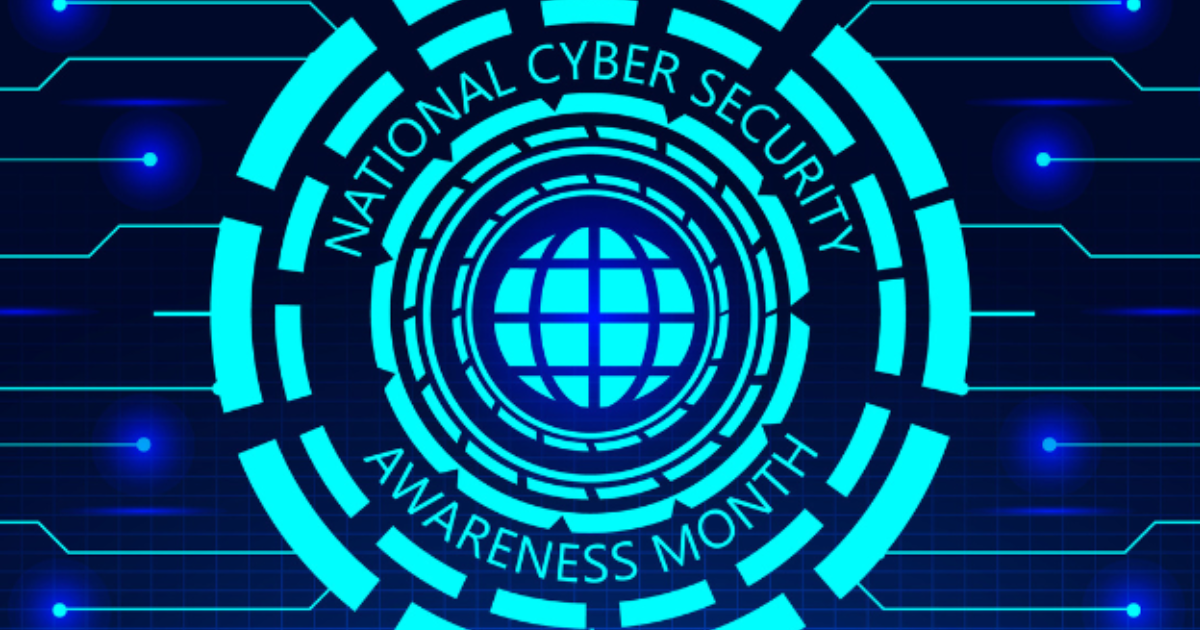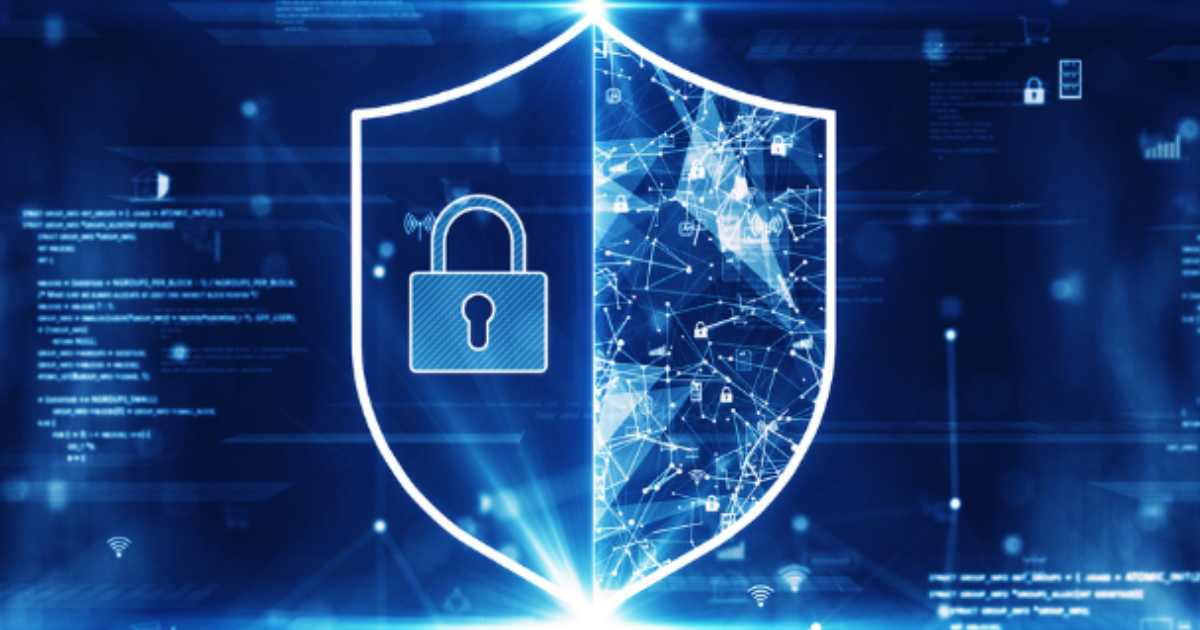Step by Step Guide to Endpoint Management

A company without endpoint management is putting its network security through a massive risk. According to Ponemon Institute, 64% of surveyed organizations experienced successful endpoint attacks in 2018. The rate was 20% higher than the previous year, showing how vulnerable endpoints become when not efficiently managed. To avoid being a victim, you must know about endpoint management and its policies.
What Is an Endpoint?
Endpoints are entry points to a corporate network. They are devices located in or outside the organization and have easy access to or contain the company’s data. They include mobile phones, desktops, laptops, IoT, etc.
What is Endpoint Management
Managing your endpoints means adopting IT security software and employing cybersecurity services to prevent any form of cyberattack. The process of controlling and monitoring all access to endpoints while enforcing security policies will keep the company away from threats. These plans are carried out by a group of security experts and experienced network admins. They work together to ensure that a third party gains no access to the corporate network and that all company’s devices are guarded with an effective security tool. Therefore, all policies associated with Endpoint management have to be centralized and comprehensive.
Why is Endpoint Management Important?
If a company plans to keep its operations beyond intruders’ reach, it needs to practice endpoint management. Whether your business is on a small scale or otherwise, securing entry points is essential, and so is its management. Cybercriminals are adapting to the changing security environment and improving their attack modes, especially on end users. If they are able to breach your network, they can infect your systems with viruses or use your sensitive data to their benefit. Remote workers are usually outside the secured corporate network, making them vulnerable to these threats. Plans need to be made to ensure that this limitation is eliminated. As a result, an effective security management should be available for your employees, even if they are halfway across the globe.
The Relationship Between Endpoint Security and Endpoint Management
An efficient IT security strategy involves endpoint security and management. Both components house activities that are codependent and interconnected. For one to exercise its maximum potential, it needs the full support of the other. Simply put, endpoint security involves the tools, policies, software, and IT services used to secure entry points. It functions as an endpoint guardian that employs advanced technology to evaluate and oversee any form of manipulation or network breach. It also provides strategies against an attack as well as remediation plans. Subsequently, endpoint management ensures that endpoint security efficiently does all it is expected to.
Policies of Endpoint Management
PAM— Privileged Access Management
PAM regulates access rights to endpoints. Furthermore, it monitors the activities of privileged employees and administrators to eliminate the risk of asset exposure and prevent cyberattacks in all their forms.
Bring Your Own Device
Companies keep embracing the BYOD policy over the years due to its perks. Workers are free to use personal devices for their daily operations. For this to work without an open end, business owners must ensure the safety of those devices without restricting the owner’s access.
Zero Trust
With zero trust, everyone is a suspect, and users requiring access to the company’s network must pass through strict identification processes before being authorized. Moreover, this policy has to be enforced on all platforms and followed consistently to seal threats from end users.
How To Better Manage and Secure Endpoints
Create Awareness
Educate your workers on the pros of cybersecurity and the cons of negligence toward security policies. Employees to be able to differentiate phishing emails from genuine ones. They should be equipped with information on what to do during an attack and how to avoid being a victim. Safety practices should be enforced and constantly updated to keep up with new threats. Moreover, these acts will help manage your endpoint security.
Identify And Stop All Forms of Threat Before an Attack
You should be preemptive to prevent a fatal hit on your business by cyber invaders. Use modern technology to detect signs of malware infection, and thwart cyber threats. Invest in preventing measures, for they cost less than remediation. Grant your systems’ endpoints protection against malware and identity-based attacks, regardless of the location. It is high time we stop waiting for disaster before taking action.
Adopt an Automatic Endpoint Protection System
For a long time, antivirus software has been a lifeguard for many businesses. As with firewalls, it is a go-to option for endpoint security. However, both find it hard to keep up with the rapid evolution of cyber threats. Sophisticated cyber infections are challenging to track and identify, creating a need for automated endpoint protection, which is an advanced tool. It detects unknown malware and automatically revamps to tackle evolved attacks. If your middle Tennessee or Southern Kentucky business needs help setting up a comprehensive endpoint management policy, our experts at Copperband Technologies are ready to guide you. Fill out our contact form or call 931.263.8000.






